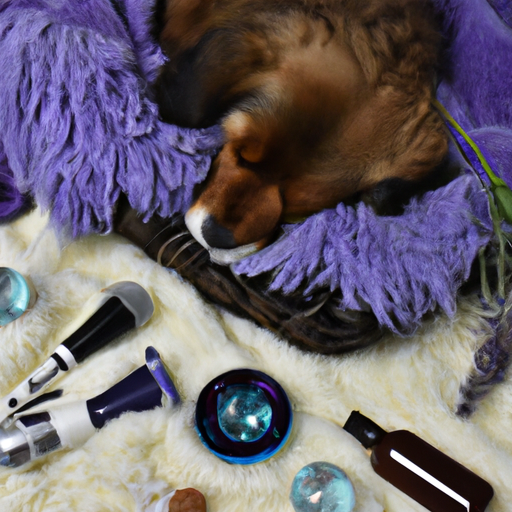Introduction
Anxiety in dogs is not an uncommon issue. As a caregiver, you’re likely to encounter this in at least one of your furry companions over your lifetime. Anxiety can manifest in a variety of ways, including excessive barking, destructive behavior, and even aggression. With a little patience, understanding, and the right approach, you can help your dog overcome its anxiety and live a happy, stress-free life.
Understanding Your Dog’s Anxiety
First and foremost, you need to understand what’s causing your dog’s anxiety. Common triggers include:
- Loud noises
- Separation
- New environments
- Other animals or people
Start by observing your dog’s behavior, looking out for any patterns or triggers. Keeping a log can be extremely beneficial in identifying the root causes.
| Possible Trigger | Signs of Anxiety |
|---|---|
| Loud noises | Shaking, hiding, whining |
| Separation | Destructive behavior when left alone |
| New environments | Excessive panting, restlessness |
| Other animals or people | Aggression, excessive barking |
Strategies for Easing Anxiety
Once you’ve identified the triggers, you can start implementing strategies to ease your dog’s anxiety. Here are a few methods:
- Desensitization: Gradually expose your dog to its triggers in a controlled environment, rewarding calm behavior.
- Counter-conditioning: Change your dog’s emotional response to triggers by associating them with positive experiences.
- Use of Anxiety Wraps or Thundershirts: These apply gentle, constant pressure, creating a calming effect.
- Massage and Physical Contact: Regular massage and cuddling can soothe your dog and strengthen your bond.
Working With a Professional
If your dog’s anxiety proves to be persistent or severe, it may be beneficial to seek the help of a professional. Dog trainers and behaviorists have specialized knowledge and experience in handling canine anxiety. They can provide personalized advice and strategies tailored specifically for your dog’s needs.
Medication: The Last Resort
In some extreme cases, medication might be necessary to manage your dog’s anxiety. This should always be the last resort and only used under the supervision of a qualified vet.
FAQs
Q: Can a change in diet help with my dog’s anxiety?
A: Yes, certain foods can promote calmness in dogs. However, it’s always best to consult your vet before making any significant changes to your dog’s diet.
Q: Will my dog grow out of its anxiety?
A: It’s possible, especially if the anxiety is linked to puppyhood or adolescence. However, some dogs will need long-term management strategies.
Q: How long does it take to ease a dog’s anxiety?
A: Every dog is different. Some may respond to techniques within a few weeks, while others may need several months. Patience and consistency are key.
Q: Can I leave my dog alone if it has separation anxiety?
A: It’s not advised to leave dogs with separation anxiety alone for long periods. They can become destructive or even injure themselves.
Q: Is it okay to use anxiety wraps all the time?
A: It’s best to use them during high-stress situations. Overusing them can lead to the dog becoming dependent on the wrap.
Comforting a dog with anxiety is no small task, but with the right approach, you can help your furry friend navigate their fears and live a happier, more peaceful life.



